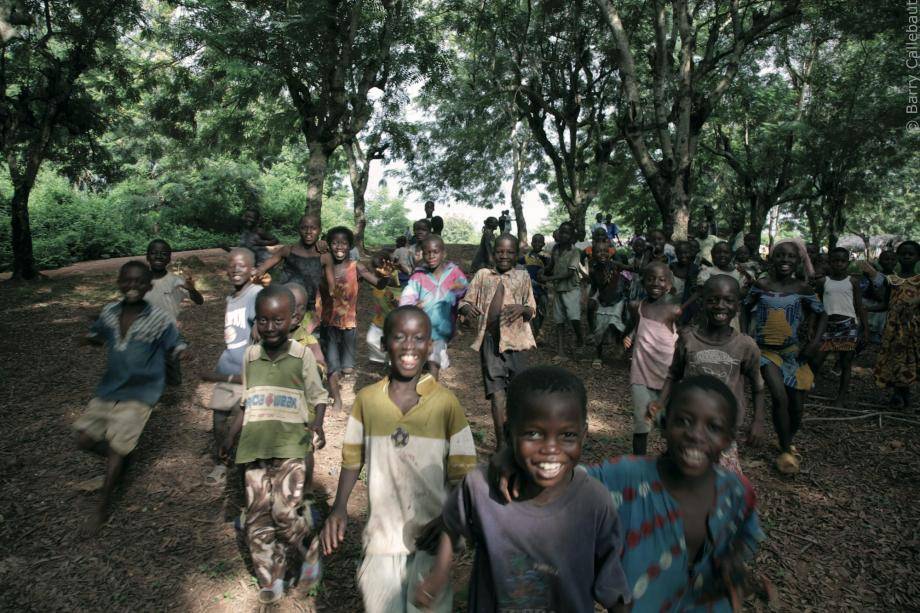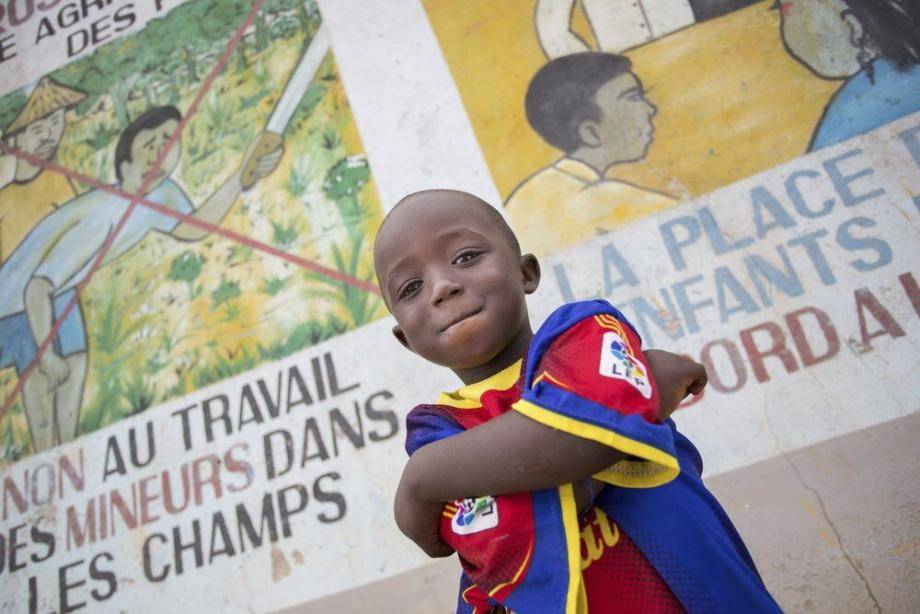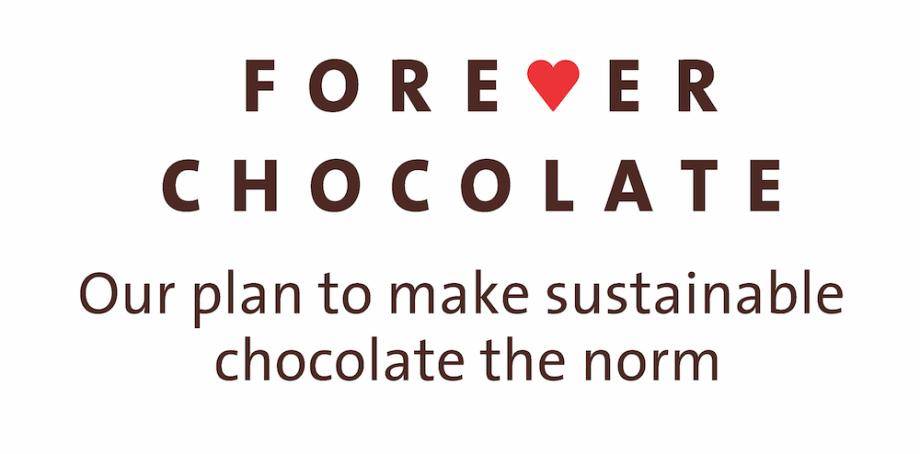Zeroing in on our approach to child labor

Zeroing in on our approach to child labor
Andres, can you explain the issue of child labor in cocoa - what does it look like?
Child labor, and particularly the worst forms of child labor, is closely linked with poverty, insufficient access to quality education, and existing norms. What is called the worst forms of child labor, as defined by the International Labor Organisation, concerns children carrying heavy loads, working excessive hours, children wielding dangerous tools and basically children deprived of a healthy childhood.
…..and in cocoa, how big is the problem?
Of the instances of child labor we find in the cocoa supply chain, children helping on the family farm is the most prevalent. But it’s important to understand that these children also help the family survive. Solving child labor, therefore, requires a focus on reducing (cocoa) farmer poverty, improving access to quality education, as well as changing cultural norms. This will take time, and a concerted effort by government, industry and NGOs. You know, as a Swiss national, I remind myself that a formerly widespread practice of indentured child workers in Switzerland was only formally forbidden by law in 1978.

How have we progressed in tackling the issue of child labor? What have we implemented this year?
Barry Callebaut has committed itself to roll out monitoring and remediation systems on child labor, which means that we check with the farmer communities from whom we source whether children are working the fields, instead of going to school, or performing dangerous tasks. We roll these systems out steadily across our entire supply chain. In 2017/18 we covered 12% of the cocoa sourcing communities we directly source from. However, we know that only monitoring and remediation will not be enough, because it is not tackling the underlying causes of child labor. The necessary steps to bring lasting change, access to quality education, reduction of poverty and accountability, are eventually only possible at a community level.

….you mention child remediation and prevention of child labor, what does this mean exactly?
For example, supporting families to send children to school is an effective method. School kits and birth certificates are needed for children to go to school, so must be accessible. Additionally, so-called remedial schooling, or bridging classes, is a recognized method to funnel children who have dropped out or never started school, to get them into the formal school system. My mother was a special needs teacher so I can relate to that activity very well. An important area is continued education and vocational training for children past the mandatory school age.
What do you see as the next steps?
We need to move away from a too narrow focus on monitoring and remediation by industry and focus on empowering cocoa farmers to tackle child labor within their communities. In addition to the work we are doing with cocoa farmers to lift them out of poverty, we need to engage with cocoa farmer communities to prioritize a change in perception: children should to go to school, avoid dangerous tasks, and help with appropriate chores and learn farming skills for their future.
We need to engage with cocoa farmer communities to prioritize a change in perception: children should to go to school, avoid dangerous tasks, and help with appropriate chores and learn farming skills for their future.
Our efforts will focus on enabling communities to implement remediation or prevention activities by themselves together with government services and NGOs. This is an area where we are cooperating with customers, governments, and NGOs currently.
A lot remains to be done to find scalable solutions in this area. Other solutions aim at avoiding the necessity for children to perform hazardous work, for example by creating mobile labor groups that can be hired by farmers instead of employing children, or mechanizing the transport of water, firewood, and food. Carrying heavy loads constitute the majority of hazardous tasks.
About Andres Tschannen:
My empirical PhD research brought me to West Africa. I ended up staying for nearly 20 years and built up two direct cocoa sourcing companies, which served as platforms for cocoa sustainability programs. One of the companies was integrated into Barry Callebaut, and laid the foundation of Barry Callebaut’s Farm Services business, which provides on credit inputs and services to cocoa farmers. We also pioneered some very relevant innovations for West African cocoa farmers, such as mobile banking and agroforestry. I occupied a managing role in global cocoa sustainability operations, and now, I am in the role of Partnerships Lead in the global sustainability team.

Forever Chocolate is Barry Callebaut's plan to make sustainable chocolate the norm by 2025 to help ensure future supplies of cocoa and improve farmer livelihoods. It supports the Cocoa Horizons Foundation in its goal to shape a sustainable cocoa and chocolate future.
